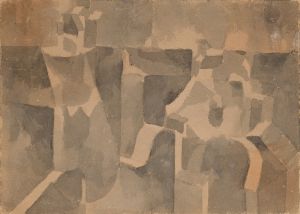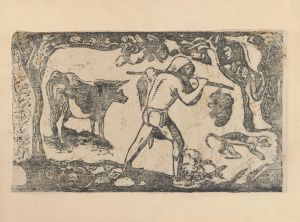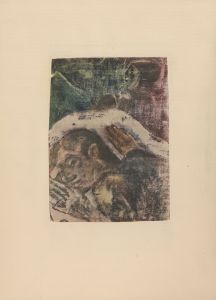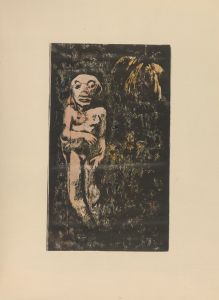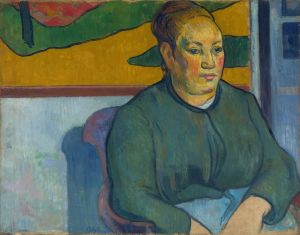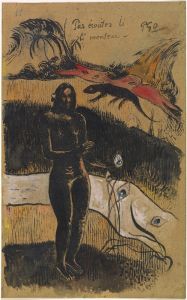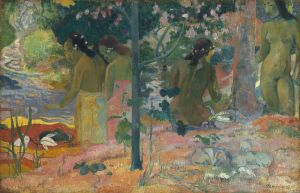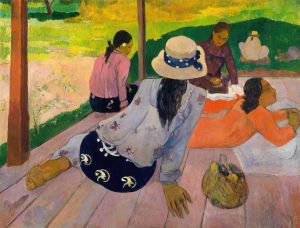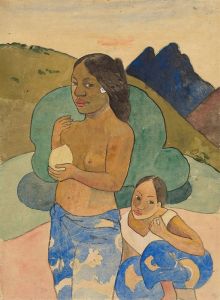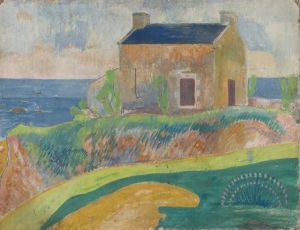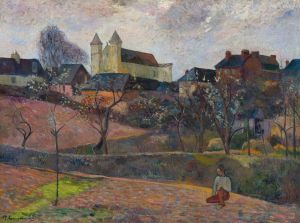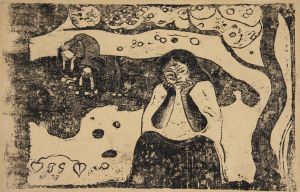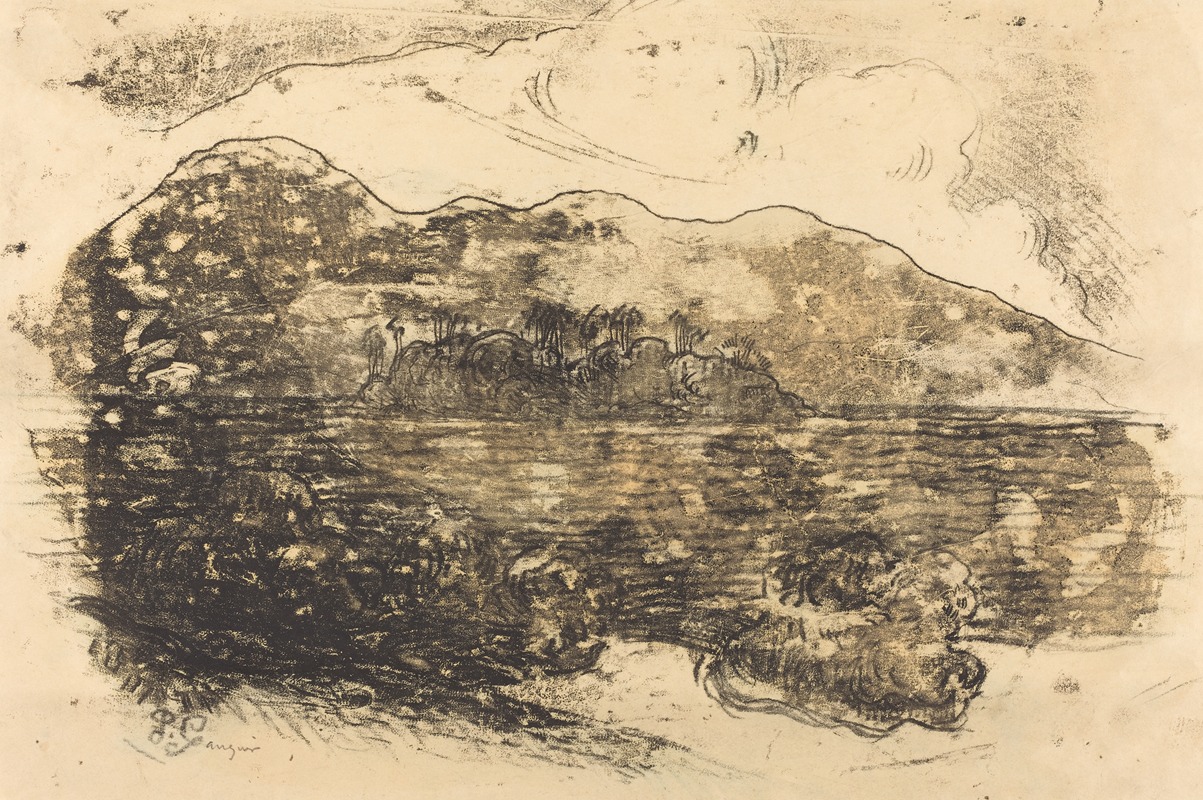
Tahitian Shore
A hand-painted replica of Paul Gauguin’s masterpiece Tahitian Shore, meticulously crafted by professional artists to capture the true essence of the original. Each piece is created with museum-quality canvas and rare mineral pigments, carefully painted by experienced artists with delicate brushstrokes and rich, layered colors to perfectly recreate the texture of the original artwork. Unlike machine-printed reproductions, this hand-painted version brings the painting to life, infused with the artist’s emotions and skill in every stroke. Whether for personal collection or home decoration, it instantly elevates the artistic atmosphere of any space.
"Tahitian Shore" is a painting by the French Post-Impressionist artist Paul Gauguin. Created during his first trip to Tahiti in the early 1890s, this artwork is a vivid representation of Gauguin's fascination with the island's natural beauty and its indigenous culture. Gauguin moved to Tahiti in 1891, seeking to escape European civilization and immerse himself in what he perceived as a more primitive and pure lifestyle. His time in Tahiti significantly influenced his artistic style and subject matter.
The painting depicts a serene coastal scene, characterized by its vibrant colors and bold forms, which are hallmarks of Gauguin's mature style. The composition typically features elements such as lush vegetation, clear blue waters, and the distinctive light of the South Pacific. Gauguin's use of color is particularly notable; he often employed non-naturalistic hues to convey emotion and symbolism rather than to accurately represent the landscape.
Gauguin's approach to painting was heavily influenced by his desire to capture the essence of Tahitian life and landscape. He often combined elements of the natural environment with his own imaginative interpretations, creating works that are both realistic and dreamlike. "Tahitian Shore" reflects this blend, showcasing Gauguin's skill in merging observation with artistic invention.
During his time in Tahiti, Gauguin was deeply inspired by the local culture, mythology, and the everyday lives of the Tahitian people. This inspiration is evident in many of his works from this period, including "Tahitian Shore." The painting not only represents the physical beauty of the island but also conveys a sense of tranquility and timelessness that Gauguin associated with Tahitian life.
Gauguin's Tahitian paintings, including "Tahitian Shore," were not widely appreciated during his lifetime. His work was often misunderstood and criticized by contemporary European audiences who were not accustomed to his bold use of color and unconventional compositions. However, Gauguin's influence grew significantly after his death, and he is now regarded as a pioneering figure in the development of modern art.
"Tahitian Shore" is part of Gauguin's broader body of work that explores themes of exoticism, primitivism, and the search for an unspoiled paradise. These themes were central to Gauguin's artistic vision and continue to be subjects of interest and debate among art historians and critics. The painting is an important example of Gauguin's innovative approach to color, form, and subject matter, which has had a lasting impact on the art world.
Today, Gauguin's Tahitian paintings are celebrated for their unique beauty and their contribution to the Post-Impressionist movement. "Tahitian Shore" remains a testament to Gauguin's enduring quest to capture the spirit of Tahiti and its people, and it continues to be admired for its artistic and cultural significance.





